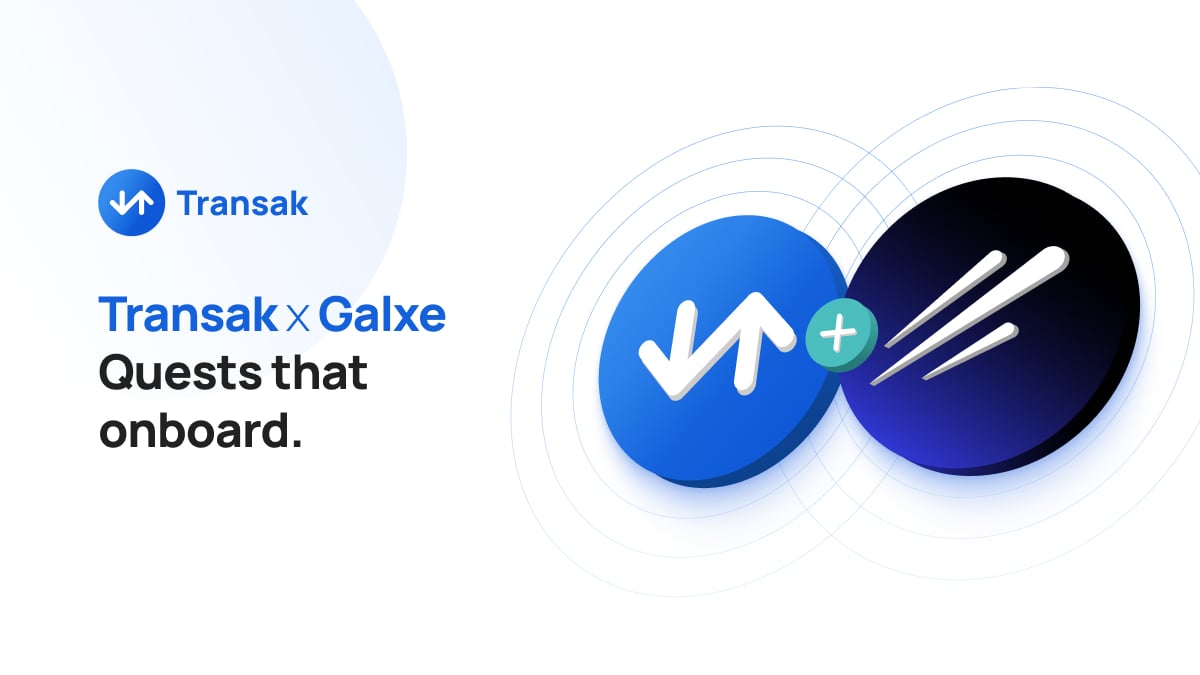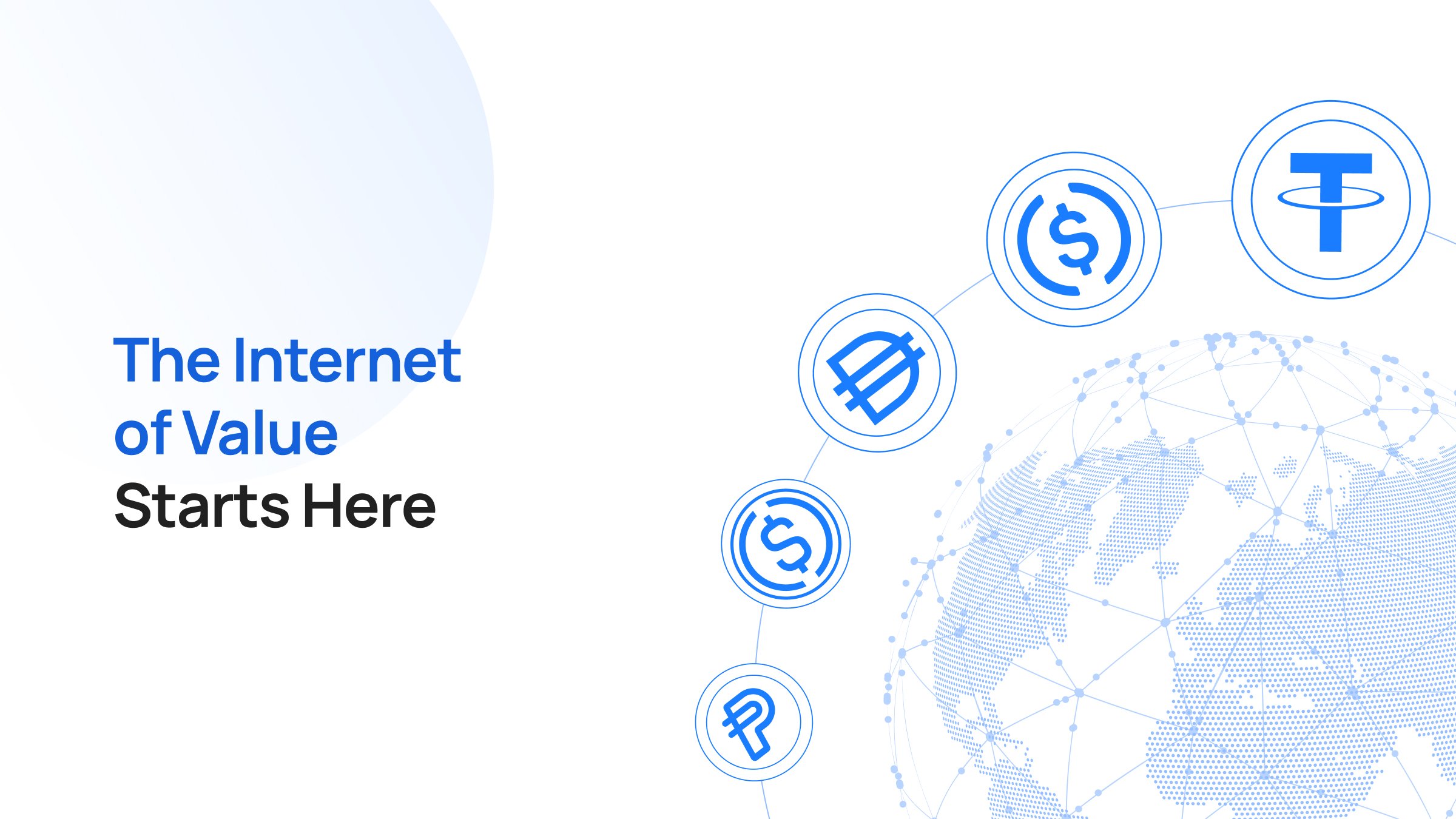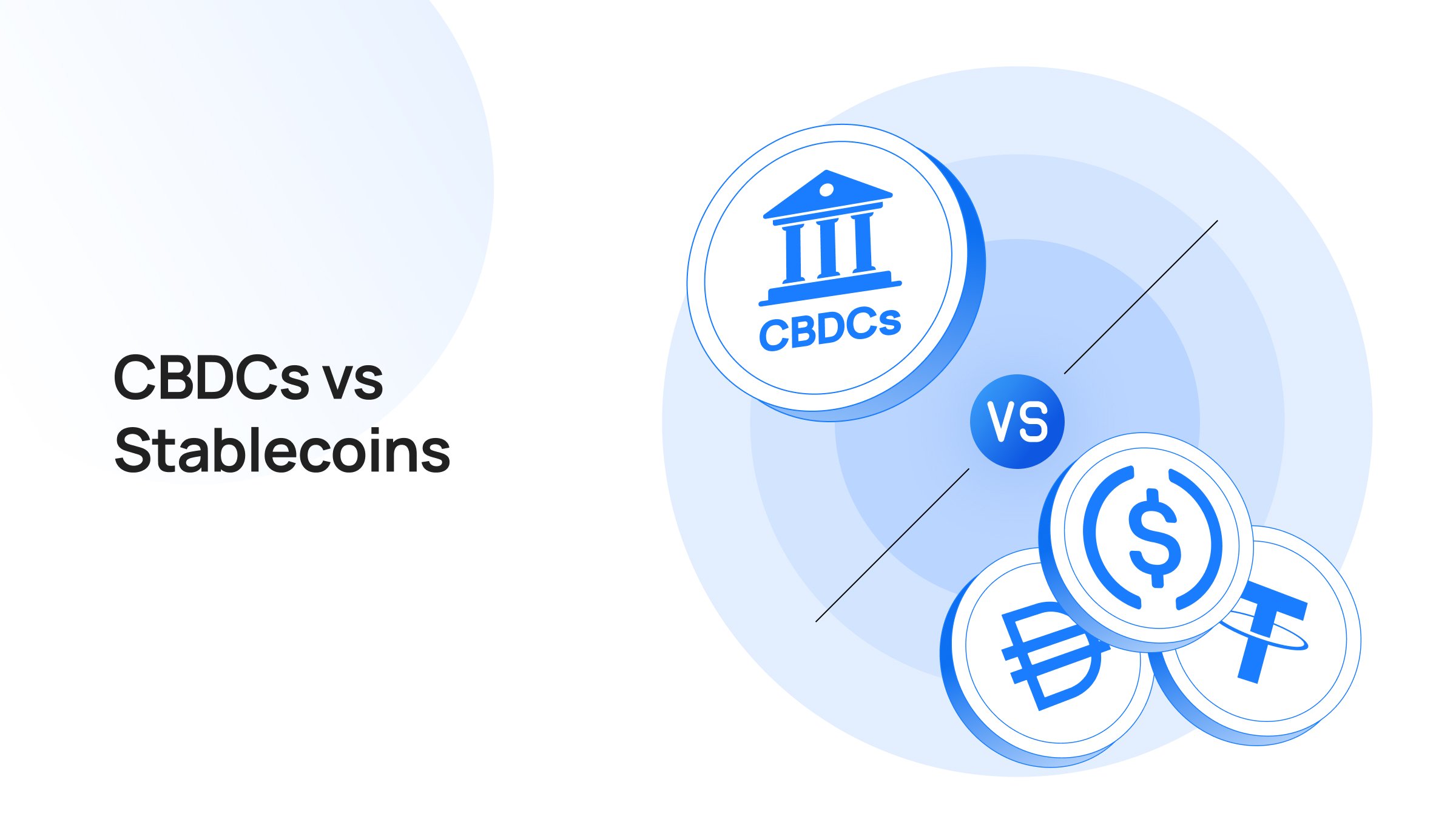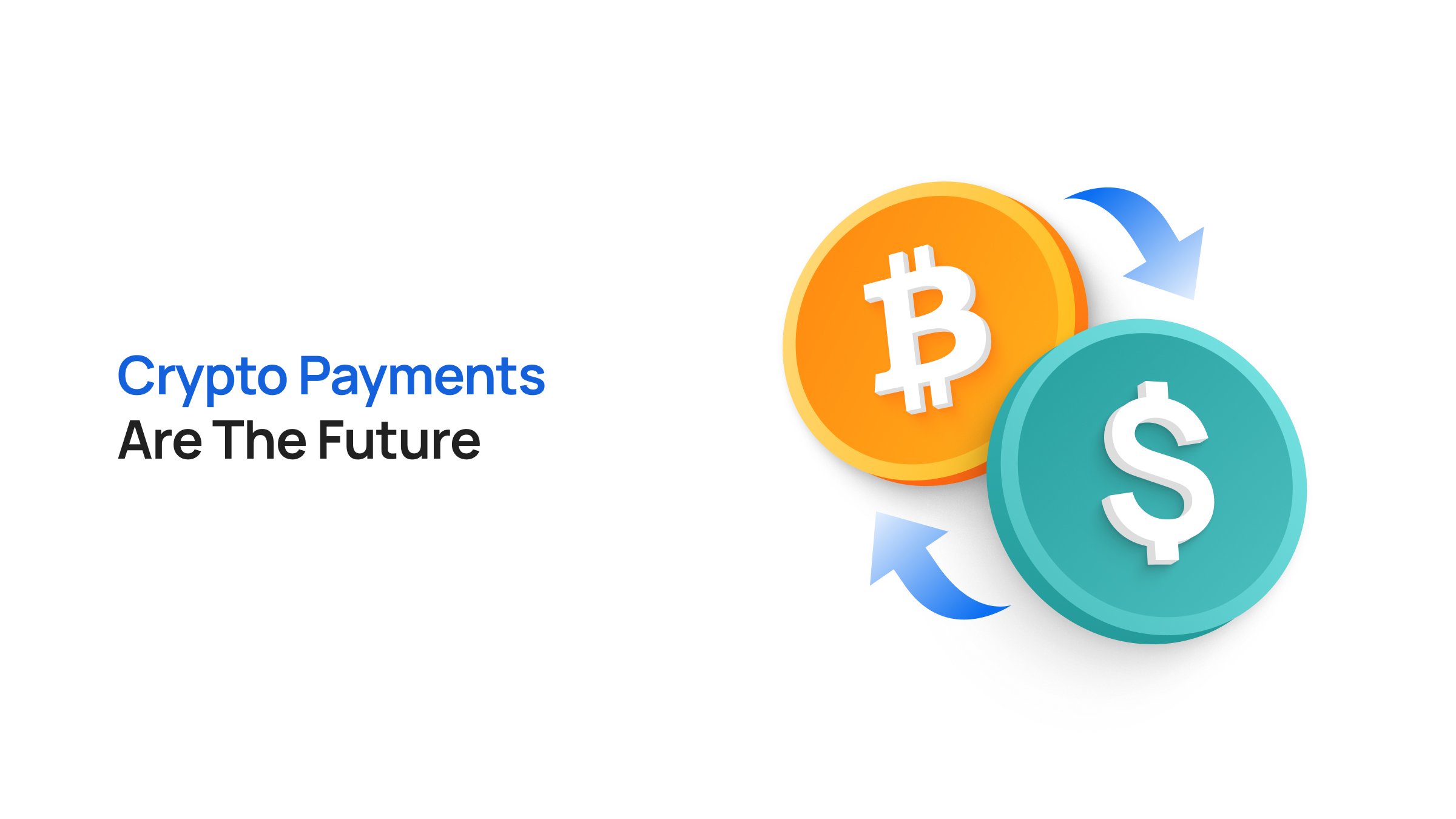Takeaways
For years, dApps struggled with one big problem: people would come for the airdrop… and vanish.
Then came quests.
By gamifying on-chain and off-chain actions (like using a dApp, joining a Discord, or holding a specific token) web3 growth platforms like Galxe reshaped how decentralized apps attract and retain users. Suddenly, users were going beyond menial button-tapping. They were participating, collecting badges, and building on-chain reputations.
But even quests have a limit. What happens after the reward? Applications need loyal users and not reward farmers.
Identity-bound crypto quests are helping dApps onboard users who stick around. Now, with reusable KYC and crypto rails, even onboarding has been reimagined.
Why Traditional Web3 User Acquisition Was Broken
Before the ‘quest’ meta took off as a user acquisition and engagement rail in the space, most teams followed a predictable (and often flawed) playbook of getting users.
They (project teams) struggled to innovate beyond distributing free cryptocurrencies or NFTs. The consequence of teams trying to hang “free money” in desperation to acquire users mostly attracted "mercenary users” (users who chase incentives, not products).
Many marketing campaigns were overrun by bots and Sybil (a fake or duplicate identity) attacks, leaving teams with skewed data and zero actual growth.
The root of the problem was that teams had no real way to distinguish between:
- A bot and a human
- A first-time user and a serial airdrop hunter
- A curious explorer and a long-term believer
Verified and identity-aware funnels could solve these issues.
Also Read: Decoding Top 10 Airdrops in History24 January 2024
How Quests Changed the Game
Galxe introduced a new playbook. In this, participation was rewarded (not just presence). Instead of handing out tokens for clicking a link, they designed structured campaigns where users had to complete meaningful on-chain and off-chain actions.
These actions could range from swapping tokens on a DEX, minting an NFT, voting in a DAO proposal, or following a project on social media. Each step was trackable, verifiable, and rewarded with badges, points, or Soulbound Tokens (SBTs).
This format created several key advantages:
- Completing quests normally require effort, which filters out bots and low-interest participants. This meant only high-intent users would be attracted.
- Projects can identify users by behavior rather than just wallet addresses. This opens the opportunity to create richer user profiles that could be useful in tailoring personalized campaigns.
- Users return regularly to complete new quests, level up, or unlock special access. As a result, onboarding feels like a game and creates an engagement loop.
- Badges and SBTs act as primitive forms of web3 identity that signal who a user is and what they’ve done across the ecosystem. This reputation is composable across ecosystems.
But what happens after the quest is complete? That’s where identity and infrastructure start to merge.
Also Read: An In-Depth Guide to Decentralized Identities
The Missing Piece: From Quests to Real Activation
After earning a badge or NFT, the most natural next step would be to use the dApp more deeply: maybe buy the native token, stake it, vote in governance, or try premium features.
But that’s where friction returned.
Most dApps didn’t have an easy path for users to go from questing to doing. If the next step involved buying crypto, it usually meant sending users to an external exchange, repeating KYC, and navigating complex flows. Many dropped off.
The result was a gap between engaged users and activated users, which was costing projects real momentum.
The combination of Galxe Passport and Transak’s KYC Reliance technology now allows users to go from completing a quest to buying crypto instantly, and without doing KYC again.
Also Read: What is KYC in Crypto?
Here’s how it works:
- Users verify their identity once via Galxe Passport (powered by Sumsub).
- When users want to buy crypto via Transak (embedded in Galxe or dApps), the system recognizes their verification.
- Transak receives a secure confirmation and the transaction completes.
The Future of Quest-Based Onboarding
In the past, quests were largely about engagement. Now with Galxe Passport V3 and Transak, quests can be full-fledged onboarding pipelines that take users from discovery to full activation without ever leaving the dApp.






